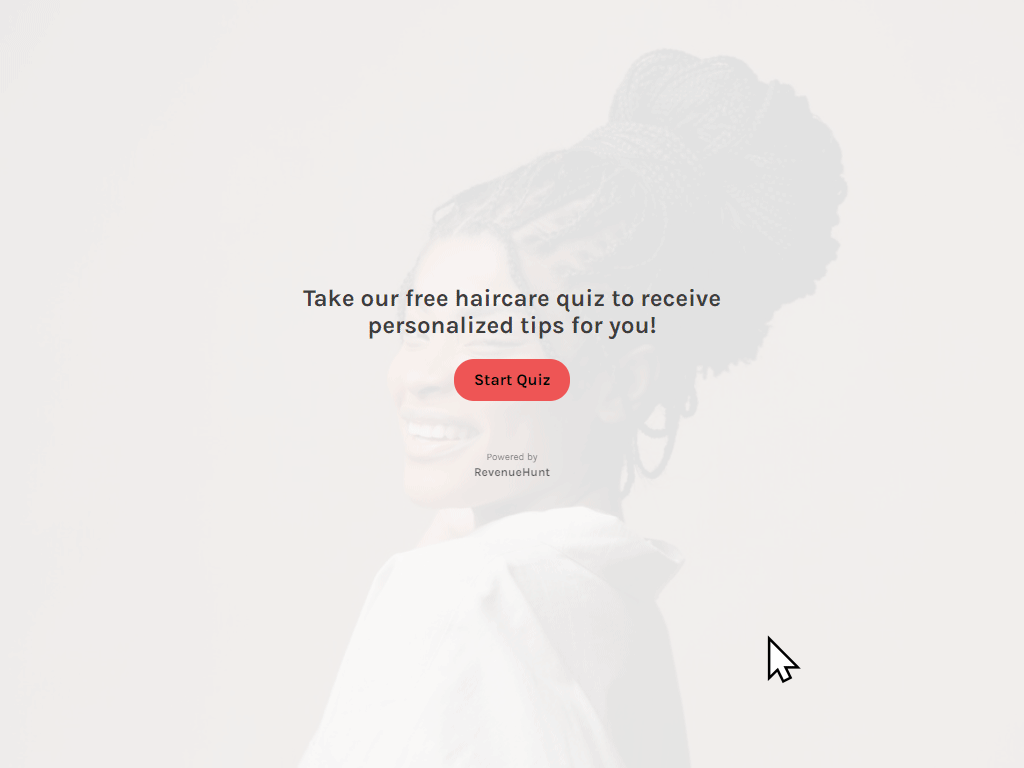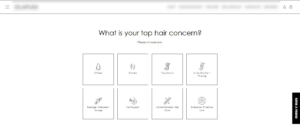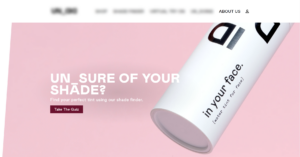Quiz Creation Mistakes That Hurt Your Ecommerce Sales
23-2-2023 eCommerce Shopify Apps Tips & TricksQuizzes can be a powerful tool for engaging your customers and driving sales for your e-commerce business. However, there are several common mistakes that can hurt the effectiveness of your quizzes and drive potential customers away. In this article, we’ll discuss the top quiz creation mistakes every ecommerce business should avoid.

CONTENT MISTAKES
Not Focusing on the Customer
One of the biggest mistakes businesses make when creating quizzes is focusing too much on their products and not enough on their customers. Quizzes should be designed to provide value to your customers, by helping them solve a problem, learn something new, or discover products that match their needs and preferences. Make sure your quiz questions are tailored to your customers’ interests and goals, and avoid coming across as too salesy or promotional.
Shop Quiz: Product Recommender has a simple way to make the quiz feel more personal – Information Recalls. Information Recalls allow you to use the answers provided by the customer, like their name or preference, throughout the whole quiz and the results page.

In addition to product recommendations, consider adding personalized advice or tips based on the quiz results and customer choices. This can help to build trust with customers and provide additional value that goes beyond just promoting products.
⭐ Recommending Too Many Products
If your quiz recommends too many products, it can be overwhelming for customers and may decrease their likelihood of making a purchase. Limit the number of products recommended to the most relevant and useful items. A successful quiz recommends a single product that ticks all the customer’s boxes, or a full routine with a single product for each step.
Being Too Long or Complicated
People have short attention spans and are easily distracted. If your quiz is too long or complicated, you risk losing potential customers before they complete it. Keep your quiz short and sweet, with only the most essential questions. Focus on providing a fun and engaging experience that keeps customers interested from start to finish. It’s recommended that the quiz taker sees only 5-6 questions maxiumum.
⭐ Too Much Text, No Images
Use high-quality, descriptive pictures in your quiz to help guide the customers through the quiz. Remember that your customers are not experts and they may not know what’s their skin type or hair type. Images can be a great help for the customer in their shopping journey and they will also make the quiz a lot more appealing. A visual quiz gets 50% more completions than a fully-text based one.


Adding a Picture question to the Product Recommendation Quiz can be a great way to help the customer pick the right answer and help them make an educated purchasing decision. You can add real-life examples for your customer’s to relate to or design your own beautiful icons which will match your store’s style. Check this video, to see how to add a Picture question to your Product Recommendation Quiz.
Using Jargon or Technical Language
Not all of your customers will be experts in your industry. Avoid using jargon or technical language that could confuse or alienate potential quiz-takers. Keep your language simple and easy to understand, and focus on communicating the value your quiz provides in clear and concise terms.
TECHNICAL MISTAKES
Failing to Test Your Quiz
Before launching your quiz, make sure to test it thoroughly to ensure that everything is working properly. Test it on different devices and browsers, and make sure the results are accurate. You don’t want to risk losing customers because of technical glitches or inaccuracies.
Inconsistent Design
Your quiz should fit seamlessly into your e-commerce store’s design and branding. Make sure to use colors, fonts, and other design elements that match your store’s look and feel.

A Product Recommendation Quiz can match your store’s look to the finest details. In the Quiz Design tab, you can adjust the quiz’s fonts, colors, add a background image, or even add custom CSS code. Check out these beautiful customization examples to gather inspiration for your next quiz project.
Forgetting About Mobile Optimization
More and more people are using their mobile devices to shop online. Make sure your quiz is optimized for mobile devices and is easy to navigate on smaller screens. Test your quiz on different mobile devices to make sure it’s user-friendly and accessible for everyone.
MARKETING MISTAKES
Not Promoting Your Quiz
Even the best quiz won’t be successful if nobody knows about it. Make sure to promote your quiz through your website, social media channels, and email marketing campaigns. Encourage your customers to share your quiz with their friends and family to help spread the word.

Ensuring that the quiz is easy to find can make a big difference in your sales conversions. Most quiz takers try the quiz a few times before completing the purchase. Make the quiz visible and you’ll see the sales go up!
Make sure your quiz is prominently displayed on your website so that customers can easily find it. Use eye-catching graphics and clear calls-to-action to encourage customers to take your quiz.
⭐ Not Following Up with an Email
A well-structured sales funnel, with a product recommendation quiz and a targeted email campaign, can lead to 50% higher conversions. A quiz can serve as an excellent lead collector. Not only are you able to get email addresses or phone numbers via the quiz, but you can also segment your audience based on their quiz answers and follow up with an email tailored to their needs.
With ShopQuiz: Product Recommender, you’re able to send quiz results directly to the customer seconds after completing the quiz. You can even connect your quiz to your CRM and send the customer a full list of results including product pictures, descriptions, discount codes, or instructions for use.
Being Afraid of Discounts
Incentivize quiz-takers to make a purchase by offering a discount code or exclusive offer. This can help to increase sales and turn potential customers into repeat customers. Shop Quiz: Product Recommender app syncs the discount codes you’ve set up in your store and can apply them automatically to every shopping cart.
In conclusion, creating an effective quiz for your ecommerce business requires careful planning and attention to detail. By avoiding these common quiz creation mistakes, you can create a quiz that engages your customers and drives sales for your business. Keep the focus on your customers, keep it short and sweet, test thoroughly, promote effectively, avoid technical jargon, optimize for mobile, and make it pictorial. With these tips in mind, you’ll be well on your way to creating a successful quiz for your ecommerce business.
